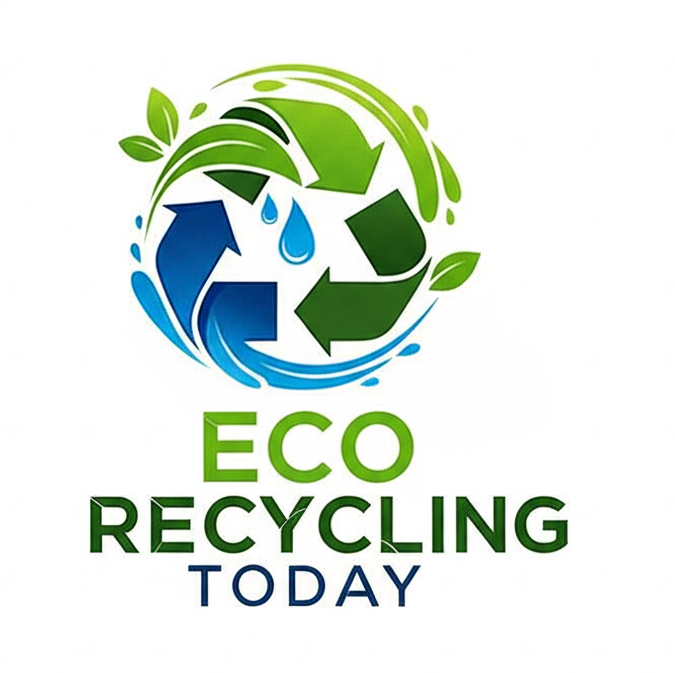Thermoforming is a widely used manufacturing process where plastic sheets are heated and molded into various shapes—most commonly used in packaging, trays, clamshell containers, and disposable cups. While convenient and cost-effective, thermoforming plastics contribute significantly to plastic waste if not properly recycled.
In this guide, we’ll explore how thermoforming plastic recycling works, the materials involved, and how businesses and consumers can contribute to a more circular plastics economy.

What Are Thermoformed Plastics?
Thermoformed plastics are made by heating a plastic sheet until it becomes pliable, then forming it into a specific shape using a mold, and finally trimming it to create a usable product. These plastics are lightweight and versatile,
commonly used in:
- Food packaging trays
- Clamshell containers
- Blister packs
- Disposable cups and lids
- Medical trays
The most commonly used materials in thermoforming include:
- PET (Polyethylene Terephthalate) – Easily recyclable
- HIPS (High Impact Polystyrene) – Recyclable, but less frequently processed
- PVC (Polyvinyl Chloride) – Difficult to recycle and less accepted
- PP (Polypropylene) – Often recyclable, depending on local facilities
- PLA (Polylactic Acid) – Compostable, not recyclable in standard systems
Thermoforming Plastic Recycling Process
Recycling thermoformed plastics involves several precise steps to ensure quality and contamination-free recovery.
1. Collection & Sorting
Thermoformed plastic waste is collected from:
- Manufacturing offcuts and trimmings
- Post-consumer packaging waste
Automated systems use near-infrared (NIR) scanners or manual sorting to separate PET, PP, and other materials. This is especially important for PET thermoform recycling, where clarity and purity matter.
2. Cleaning & Decontamination
Collected plastics are washed to remove:
- Food residues
- Labels and adhesives
- Contaminants like metals and inks
Proper washing is crucial to producing high-grade recycled plastic (rPET or rPP).
3. Shredding or Grinding
Cleaned materials are shredded into flakes to increase surface area and make processing more efficient.
4. Extrusion & Pelletizing
The flakes are melted and extruded through a die, then cut into small pellets. These recycled pellets are used to manufacture new thermoformed products.
5. Testing & Quality Control
Recycled materials are tested for:
- Melt flow rate (MFI)
- Color and clarity
- Contamination levels
This ensures they meet the standards for reuse in packaging or industrial applications.
How to Improve Thermoforming Plastic Recycling
Design for Recycling
Use mono-material packaging (e.g., all PET) and avoid dark colors or complex adhesives that hinder recycling.
Use Recycled Content
Incorporate rPET or rPP into new thermoformed packaging to close the loop.
Educate Consumers
Clearly label products with recycling instructions to reduce contamination.
Partner with Specialized Recyclers
Work with recyclers that specialize in thermoform plastic processing and understand the specific needs of your material type.
What Can Recycled Thermoforming Plastics Be Used For?
Recycled thermoformed plastics are used to create:
- Food and produce packaging
- Egg cartons and deli trays
- Cosmetic packaging
- Industrial protective packaging
- Office supplies like folders and covers
High-quality rPET can even be used for new beverage bottles if it meets FDA standards.
As thermoformed plastic use continues to grow, so does the need for effective recycling. By understanding the thermoforming plastic recycling process, optimizing material choices, and supporting recycling infrastructure, businesses and consumers can make a big impact on plastic waste reduction.
